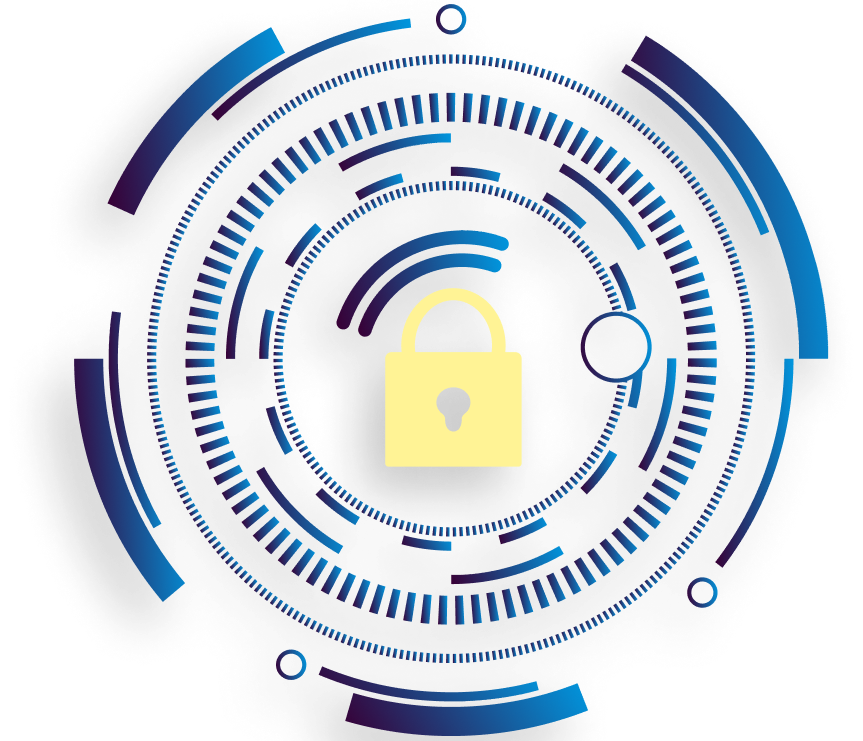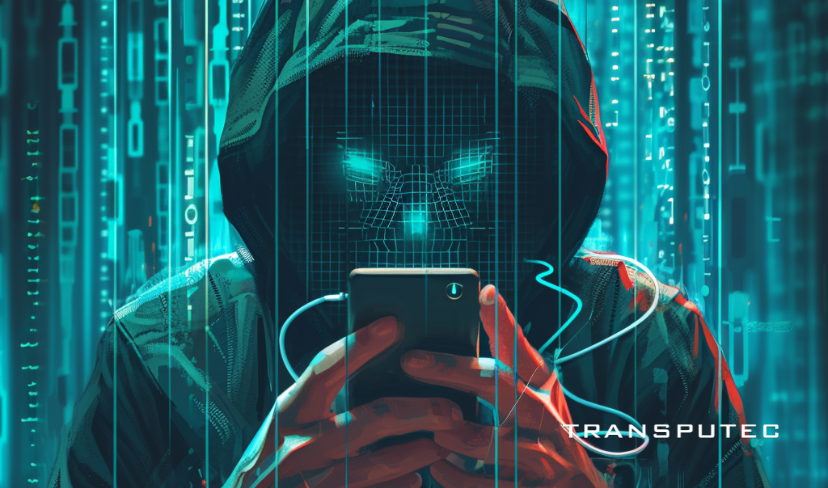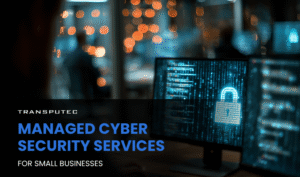Written by SONNY SEHGAL | CEO
Criminals are skilled in technology and show ingenuity in criminal activities. Digitally enabled crimes like scams are challenging to prevent due to the availability of AI applications. Scammers can now create near-perfect imitations of trusted entities, making traditional detection methods obsolete.
Scammers aim to defraud individuals of their money, personal data or digital assets. They use various tactics such as bank impersonations, investment schemes, romance fraud, and tech support hoaxes. Previously, vigilant consumers could detect signs of fraudulent activity. However, the rise of deepfakes and large language models (LLMs) has enabled scammers to manipulate victims more effectively.
“Imagine a world where you can't trust your own eyes or ears - a reality where anyone's face, voice, or likeness can be digitally manipulated with startling realism. Welcome to the era of deepfakes, where advanced AI technology blurs the line between truth and deception, posing unprecedented risks to individuals and businesses alike."
In this blog post, we will be discussing the topic of Deepfakes. We will explore what it is, how they are created, and the increasing danger they pose, especially in the financial fraud sector. Additionally, we will provide you with the necessary information to identify Deepfakes and suggest practical strategies that businesses can utilise to prevent this developing threat.
What is a Deepfake?
A deepfake is a synthetic media created using advanced artificial intelligence (AI) and machine learning techniques to manipulate or generate visual and audio content. It involves superimposing existing images, videos, or audio onto a different target, creating a highly realistic fabrication that can deceive even the most discerning eye or ear.
It leverages deep learning algorithms to analyse and learn the patterns and characteristics of the source material, such as facial expressions, voice patterns, and body movements. This training data is then used to generate new, synthetic content that mimics the target individual with uncanny accuracy.
Social Engineering: The Ultimate Threat to Your Company’s Security
Transputec is a leading provider of Cyber Security Services, offering a comprehensive suite of solutions to safeguard businesses from evolving threats. Specialising in proactive defence measures, Transputec delivers tailored cyber security services strategies to meet diverse needs. Their services encompass threat detection, vulnerability assessments, and risk management.
Transputec employs cutting-edge technologies to fortify cyber security services defences, including advanced threat intelligence and machine learning algorithms
Where did Deepfake Technology Come From?
The term “Deepfake” originated from a Reddit user named “Deepfakes” who created and shared face-swapped celebrity pornographic videos in 2017. However, the underlying technology has its roots in the field of computer vision and machine learning, which has seen significant advancements in recent years.
Researchers and tech companies have been exploring the potential of deep learning for various applications, including image and video manipulation, voice synthesis, and biometric authentication. As the algorithms became more sophisticated and computing power increased, the ability to create highly convincing deepfakes became a reality.
How Do You Make a Deepfake?
It typically involves several steps:
1. Data Collection: Gathering a large dataset of images, videos, or audio recordings of the target individual from various angles and in different lighting conditions.
2. Training: Feeding the collected data into a deep learning model, such as a Generative Adversarial Network (GAN) or an autoencoder, to train the algorithm to learn the target’s unique characteristics.
3. Generation: Using the trained model to generate new, synthetic content by inputting a source image, video, or audio and specifying the desired target.
4. Post-processing: Refining and enhancing the generated content to improve realism and eliminate any remaining artefacts or inconsistencies.
While the process may seem complex, the availability of open-source tools and pre-trained models has made it easier for individuals with limited technical expertise to create deepfakes.
How Do You Spot a Deepfake?
Detecting deepfakes can be challenging, as the technology continues to evolve and become more sophisticated. However, several techniques and tools can help to identify it:
1. Visual Inconsistencies: Carefully examining the video or image for subtle flaws, such as unnatural facial expressions, inconsistent lighting, or blurred edges around the manipulated area.
2. Audio Analysis: Analysing the audio for unnatural patterns, pitch shifts, or background noise that may indicate manipulation.
3. Metadata Analysis: Inspecting the metadata of the media file for inconsistencies or signs of tampering.
4. AI-based Detection: Utilising machine learning algorithms specifically trained to detect deepfakes by analysing patterns and anomalies in the data.
5. Digital Provenance: Implementing blockchain-based solutions or digital watermarking to establish the authenticity and provenance of media content.
It’s important to note that as deepfake technology advances, detection methods must also evolve to keep pace with the latest techniques.
Learn how to protect your Business with Transputec
Connect us today for our free consultation!
Can Deepfakes be Used in New Account Opening and Account Takeover Fraud?
New Account Opening Fraud
Fraudsters can use deepfakes to create synthetic identities or impersonate legitimate individuals during the account opening process. By manipulating facial images, voice recordings, or biometric data, they can bypass traditional identity verification measures and open fraudulent accounts for various nefarious purposes, such as money laundering or financial fraud.
Account Takeover Fraud
In account takeover fraud, deepfakes can be used to impersonate legitimate account holders and gain unauthorised access to their accounts. This can be achieved through fake video calls, voice recordings, or manipulated biometric data, tricking the financial institution’s security measures and enabling the fraudster to perform unauthorised transactions or access sensitive information.
The recent incident in Hong Kong, where an employee of an undisclosed company was deceived into transferring HK$200 million (£20 million) to fraudsters posing as senior officers during a deepfake video conference call, highlights the severity of this threat. The employee was convinced by the realistic deepfake impersonations and fell victim to the scam, resulting in a significant financial loss for the company.
How Does a Company Fight Deepfakes in 2024?
It requires a multi-layered approach that combines technological solutions, robust security measures, and employee awareness and training.
1. Implement Advanced Detection Technologies: Invest in AI-based deepfake detection solutions that can analyse media content for signs of manipulation. These technologies should be regularly updated to keep pace with the latest deepfake techniques.
2. Strengthen Identity Verification Processes: Enhance identity verification processes by incorporating multi-factor authentication, biometric verification, and digital provenance solutions to ensure the authenticity of identities and prevent synthetic identity fraud.
3. Enhance Cybersecurity Measures: Implement robust cybersecurity measures, such as secure communication channels, encryption, and access controls, to mitigate the risk of deepfake-based attacks and unauthorised access.
4. Conduct Regular Employee Training: Educate employees on the risks of deepfakes and provide training on how to identify potential deepfake attempts. Encourage a culture of scepticism and vigilance when dealing with sensitive information or requests.
5. Collaborate with Industry Partners and Authorities: Engage with industry partners, regulatory bodies, and law enforcement agencies to share intelligence, establish best practices, and collaborate on developing effective countermeasures against deepfake threats.
6. Stay Informed and Adaptable: Continuously monitor the latest developments in deepfake technology and evolving threats. Regularly review and update security policies and procedures to ensure they remain effective in mitigating emerging risks.
Transputec's Expertise
Transputec, a leading IT support company in London, offers comprehensive cybersecurity solutions to help businesses combat the growing threat of deepfake fraud and protect their digital integrity.
1. Implementing Advanced Detection Technologies
Transputec specialises in deploying cutting-edge AI-based technologies that can analyse multimedia content for signs of manipulation. Their experts stay up-to-date with the latest advancements in this field, ensuring that the detection solutions they implement are capable of identifying even the most sophisticated deepfake attempts.
2. Strengthening Identity Verification Processes
To mitigate the risk of such fraud, Transputec can enhance an organisation’s identity verification processes by incorporating multi-factor authentication, biometric verification, and digital provenance solutions. These measures help ensure the authenticity of identities and prevent synthetic identity fraud, which is a common tactic used in deepfake scams.
3. Enhancing Cybersecurity Measures
Transputec offers robust cybersecurity services to safeguard businesses against deepfake-based attacks and unauthorised access. This includes implementing secure communication channels, encryption, and access controls, as well as conducting regular security assessments to identify and address vulnerabilities.
4. Employee Training and Awareness
Recognising the importance of human vigilance, Transputec provides comprehensive employee training programs. These programs educate employees on the risks of deepfakes, teach them how to identify them and foster a culture of scepticism and vigilance when dealing with sensitive information or requests.
5. Incident Response and Recovery
In the event of a deepfake-based attack or data breach, Transputec’s experienced cybersecurity team can swiftly respond to mitigate the damage and initiate recovery efforts. They employ advanced techniques to decrypt files, recover lost information, and implement robust defences to safeguard against future attacks.
Conclusion
As deepfake technology continues to advance, it poses significant challenges to individuals, businesses, and society as a whole. The ability to create highly convincing synthetic media has the potential to undermine trust, enable fraud, and threaten privacy and security.
At Transputec, we understand the gravity of this issue and are committed to staying at the forefront of combating deepfake threats. Our team of experts specialises in implementing cutting-edge solutions and providing comprehensive cybersecurity services to protect your business from the risks associated with such threats.
Don’t let any fraud jeopardise your organisation’s security and reputation. Contact us today to schedule a free demo and learn how our tailored solutions can safeguard your business.

Secure Your Business!
Ready to enhance your organisation’s cybersecurity and protect against cyber threats like deepfake?
Schedule a call with our team of experts at Transputec.
FAQs
What is a deepfake, and how does it work?
It is a synthetic media created using advanced AI and deep learning techniques to manipulate or generate highly realistic visual and audio content. It involves superimposing existing images, videos, or audio onto a different target, creating a convincing fabrication that can deceive even the most discerning eye or ear.
How can deepfakes be used for fraudulent purposes?
It pose a significant threat to various industries, particularly in the areas of new account opening fraud and account takeover fraud. Fraudsters can use deepfakes to create synthetic identities, impersonate legitimate individuals, bypass identity verification measures, and gain unauthorised access to accounts or sensitive information.
How can businesses detect and combat deepfake fraud?
Businesses can implement advanced detection technologies, strengthen identity verification processes, enhance cybersecurity measures, conduct regular employee training, collaborate with industry partners and authorities, and stay informed about the latest developments in deepfake technology and evolving threats.
What role can cybersecurity companies like Transputec play in fighting deepfake fraud?
Transputec specialises in deploying cutting-edge detection solutions, enhancing identity verification processes, implementing robust cybersecurity measures, providing employee training programs, and offering incident response and recovery services to help businesses combat the growing threat of deepfake fraud and protect their digital integrity.







